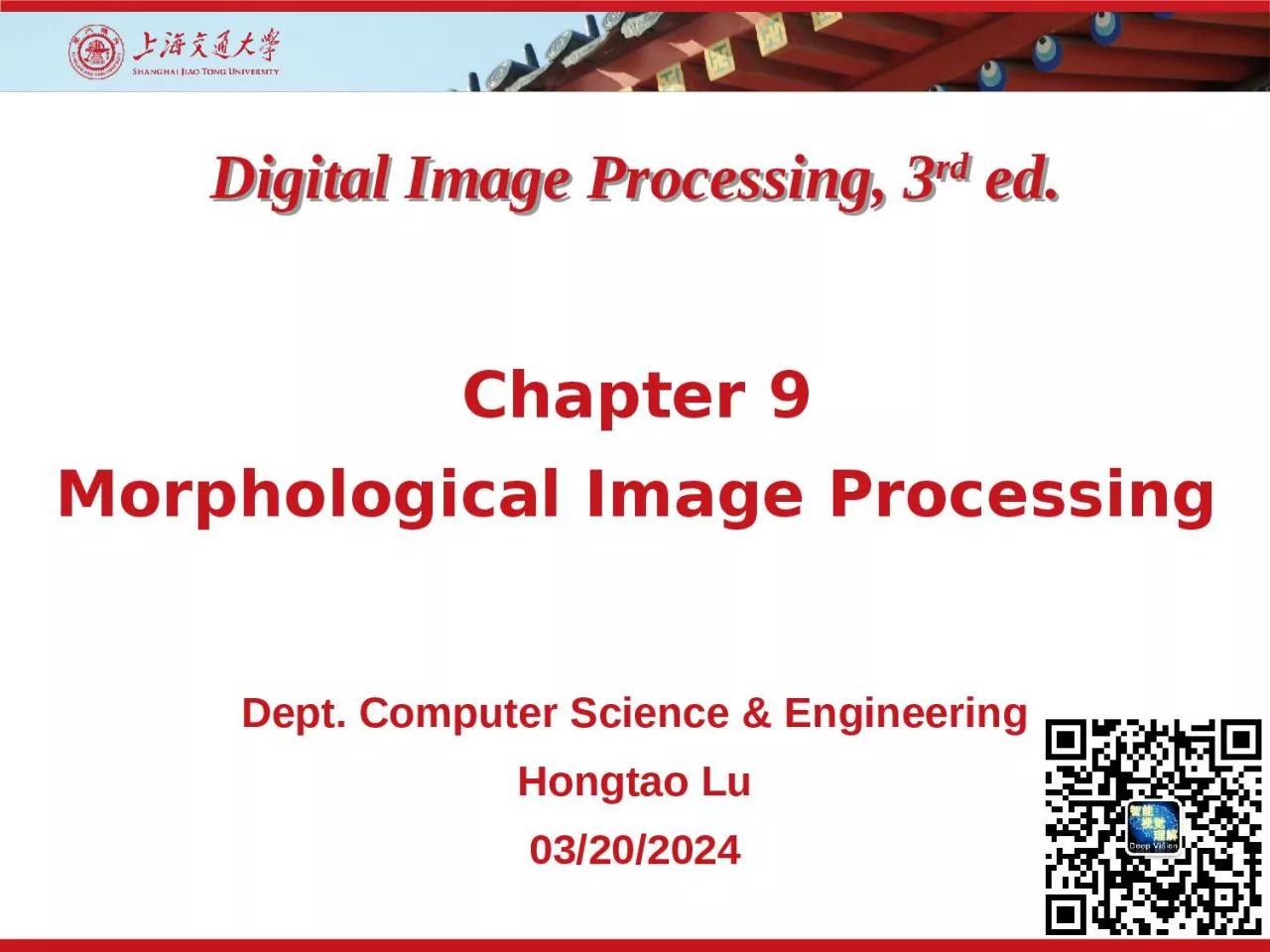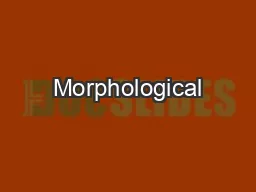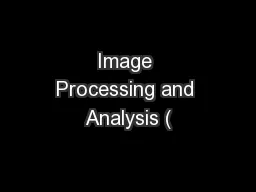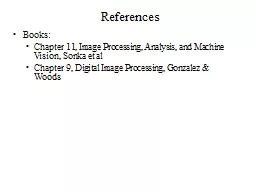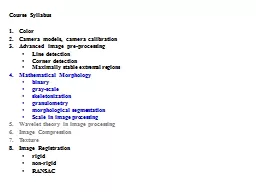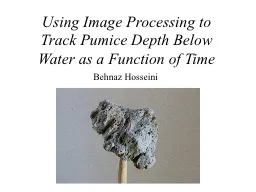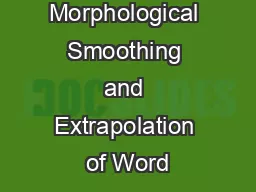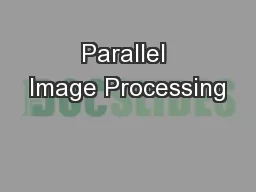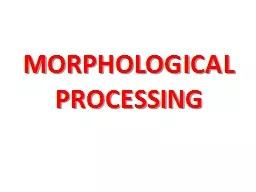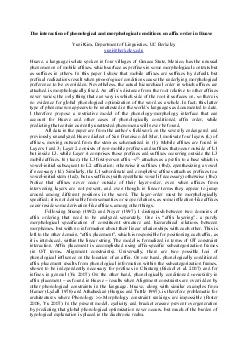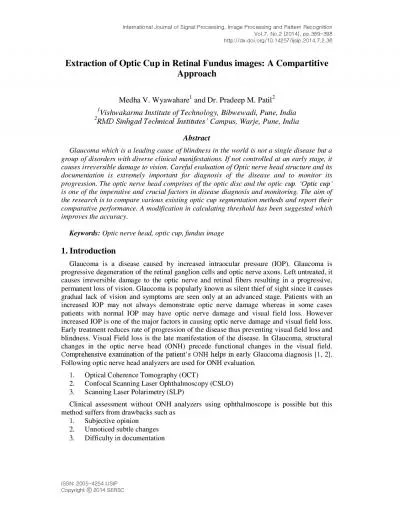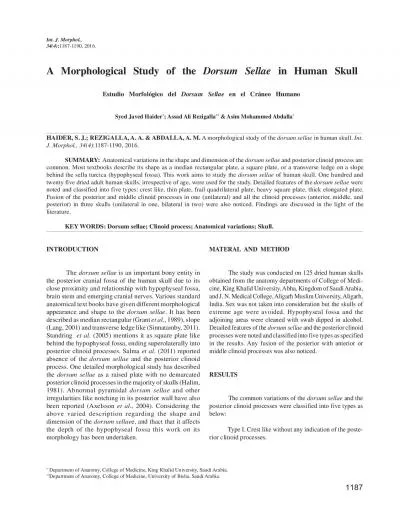PPT-Chapter 9 Morphological Image Processing
Author : freya | Published Date : 2024-02-09
Dept Computer Science amp Engineering Hongtao Lu 11162016 Digital Image Processing 3 rd ed Preliminaries Erosion and Dilation Opening and Closing The HitorMiss Transformation
Presentation Embed Code
Download Presentation
Download Presentation The PPT/PDF document "Chapter 9 Morphological Image Processing" is the property of its rightful owner. Permission is granted to download and print the materials on this website for personal, non-commercial use only, and to display it on your personal computer provided you do not modify the materials and that you retain all copyright notices contained in the materials. By downloading content from our website, you accept the terms of this agreement.
Chapter 9 Morphological Image Processing: Transcript
Download Rules Of Document
"Chapter 9 Morphological Image Processing"The content belongs to its owner. You may download and print it for personal use, without modification, and keep all copyright notices. By downloading, you agree to these terms.
Related Documents

